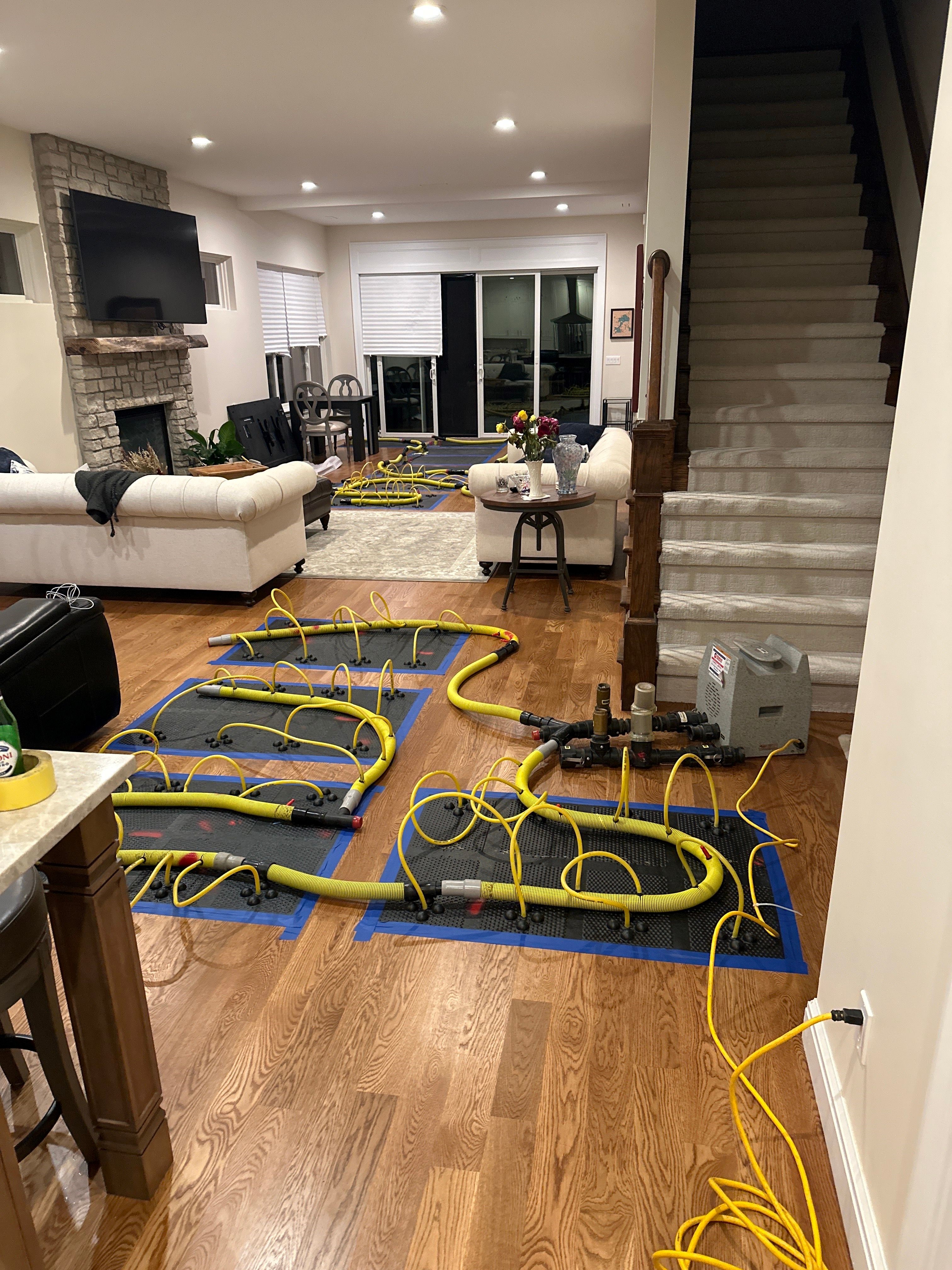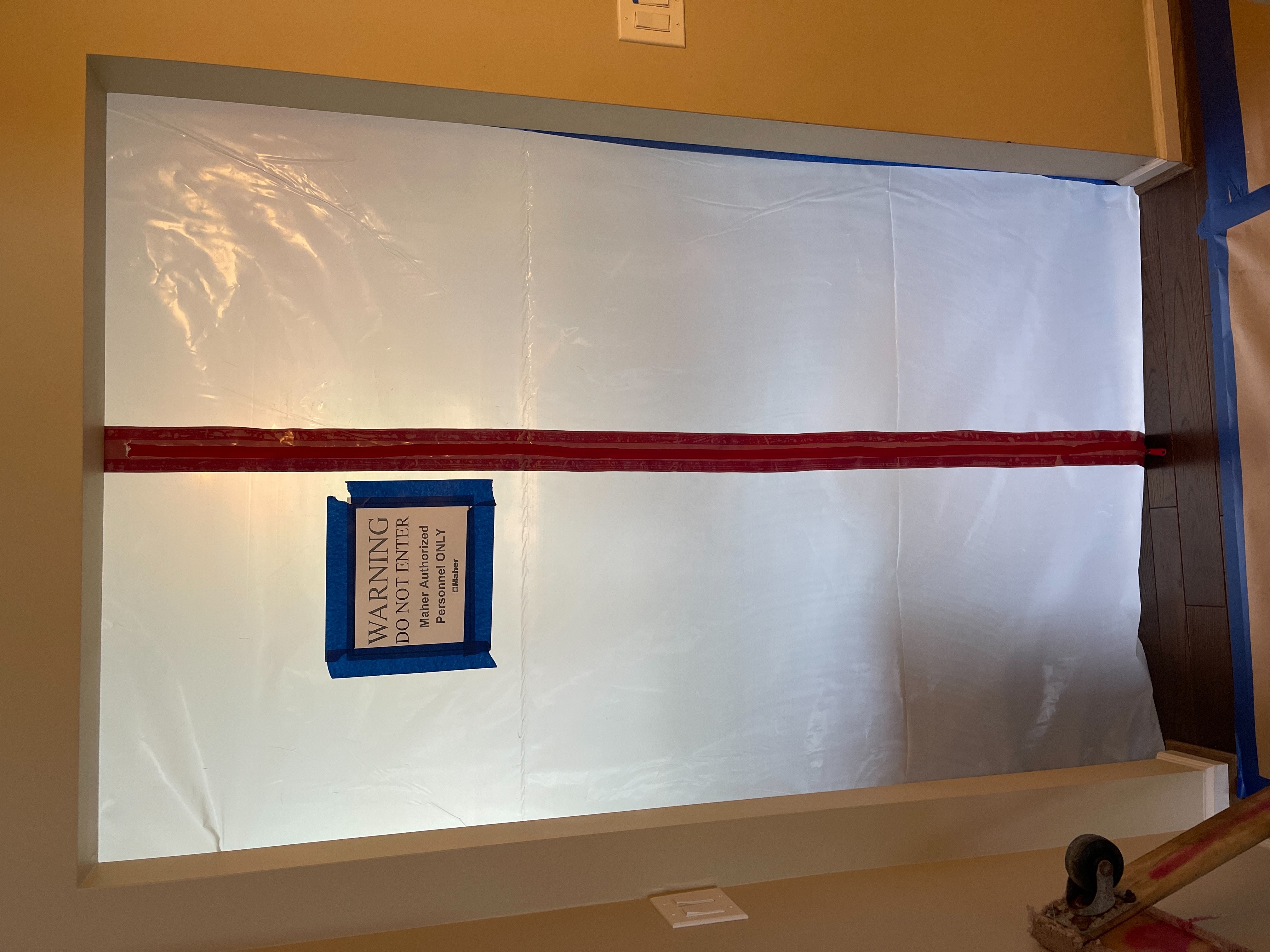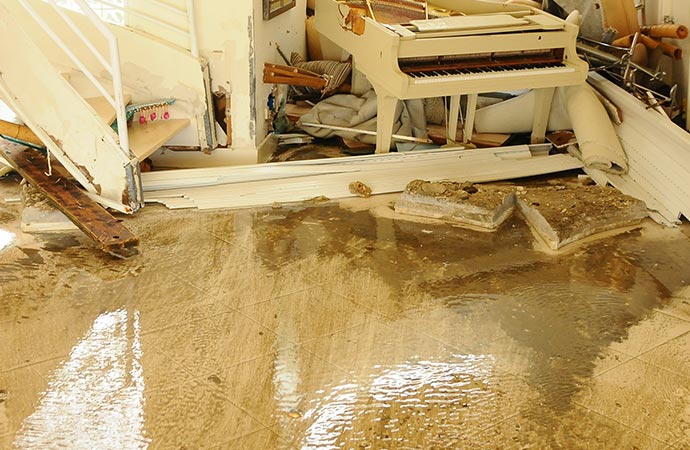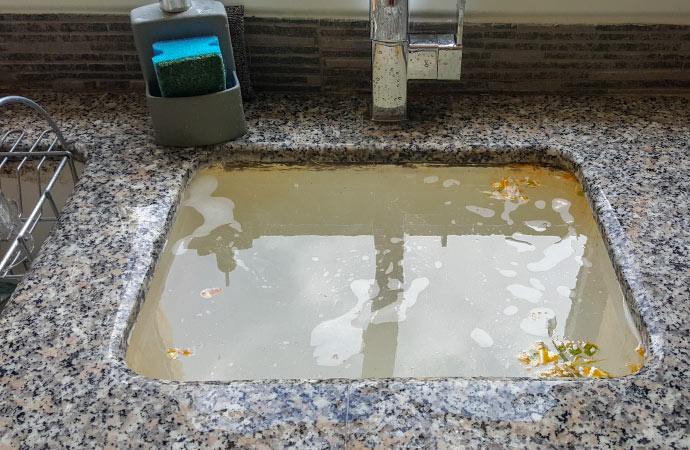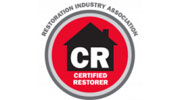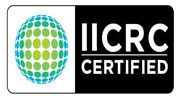What to Do About Water-Damaged Hardwood Floors

Many homeowners take great pride in their flooring, especially high-quality flooring like authentic hardwood. Unfortunately, floors are common victims of water damage, from various sources from water heater leaks to natural disasters. If you find your floors have been damaged by water you may find yourself wondering if you should repair or replace them. While each situation is different and will require the guidance of a professional, there are a few ways you can determine the best course of action for your flooring.
Type of Water Damage Determines the Next Step
The source of the water damage will play a large role in whether you need to repair your floors or replace them completely.
- Category 1
Category one water is water that comes from a clean source and is not contaminated.Floors damaged by category one water can be dried and repaired depending on the extent of the damage.
- Category 2
Category two water, also called gray water, is water that is likely to have some contaminants.It must be properly cleaned and sanitized.Depending on the type of flooring, damage from gray water can be dried, cleaned, and repaired or it can be replaced completely.
- Category 3
Also called black water, category three water comes from sewage or flooding and is considered grossly contaminated.Floors damaged by category three water should always be replaced.
Extent of Water Damage
Water damage to flooring can range from small, cosmetic damage to major, structural damage and everything between, and the decision to repair it or replace often hinges on the extent of the damage. Small damages can often be easily repaired for far less money than replacing. Even if the damage was cosmetic and the floor is completely functional, if there are large areas of flooring that need repaired it may be more cost effective to just replace the entire floor. Additionally, remember that mold can begin growing within 24-48 hours of water damage, so if the drying process didn’t begin within that time frame there’s a strong chance of mold growth on or beneath your floors creating a much bigger problem.
Professional or DIY
Again, the extent of the damage may determine whether you want to tackle the problem yourself or hire a professional. Damage that’s purely cosmetic can often be handled as a DIY project. Additionally, if you’ve decided not to try to salvage any of the flooring and go in an entirely different direction, you may be able to DIY the tear out and replacement of the floor. If there was an excessive amount of damage you want repaired or water that needs dried it’s better to call a professional water mitigation company to ensure you don’t end up with a mold problem.
Aesthetics
Have you been considering a house remodel? Water damaged floors might just be the perfect time to pull the trigger on that remodel. If you’re going to spend money repairing the floors, it might make more sense for you to spend the same or a little extra on new floors that fit the aesthetic you want in your home. If a home renovation was already in your plans, flooring damage is a good opportunity to get started.
Subfloor Damage
Excessive water damage can cause damage not just to your flooring material, but the subfloor underneath as well. Depending on how extensive the damage is and whether or not mold is present, damaged subfloors will need to be repaired or replaced. They’re unsafe and can cause damage to your floor material.
Our floors are a great source of pride in our homes and water damage to them can be frustrating and hectic, but knowing your options can help ease the stress.

